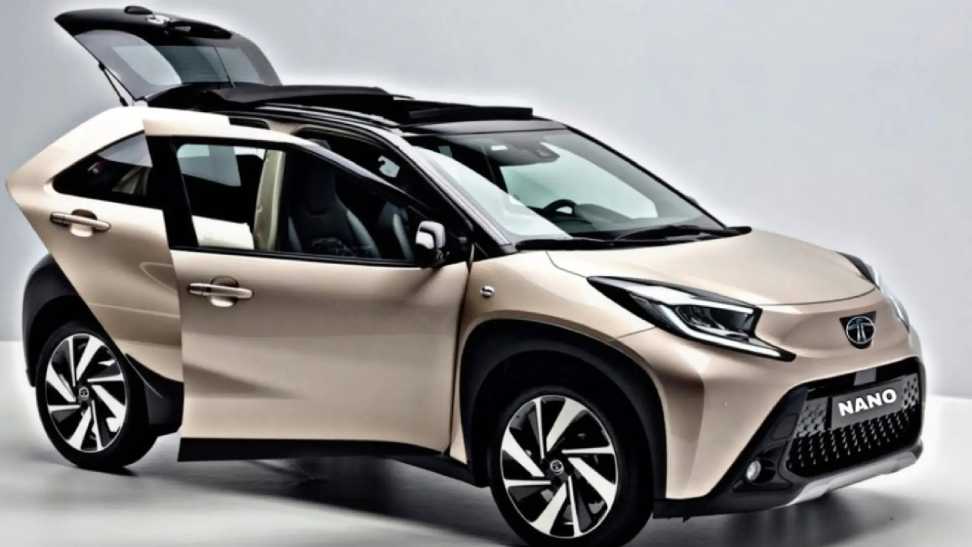Electric vehicles (EVs) have captured the imagination with their potential for cleaner air, quieter streets, and reduced reliance on fossil fuels. But for many, the dream of owning an EV remains just that – a dream – due to one major hurdle: affordability. So, when will this dream finally become reality?
While there’s no single, definitive answer, the future looks promising. Here’s a deep dive into the factors influencing EV affordability and a glimpse into the timeline when they might become accessible to the masses:
Breaking Down the Cost Barrier
The biggest culprit for high EV prices is the battery. It accounts for about a third of the vehicle’s cost, significantly more than an engine in a gasoline car. However, there’s good news:
- Falling Battery Costs: The past decade has seen a dramatic drop in battery prices – over 80% – and the trend is expected to continue. Experts predict a further 40% reduction by 2025, thanks to economies of scale, new production methods, and improved technology.
- Innovation: Advances in battery chemistry, like solid-state technology, promise even denser energy storage and lower costs.
- Recycling: Initiatives to efficiently recover and reuse valuable battery materials will further reduce reliance on virgin resources, ultimately bringing down costs.
Beyond Batteries
Production costs and economies of scale also play a crucial role. As EV demand grows and manufacturing scales up, costs naturally decrease. This snowball effect is already underway, with major carmakers announcing plans for dedicated EV platforms and increased production capacity.
Government incentives, like tax breaks and charging infrastructure investments, can significantly tip the scales in favor of EVs. Many countries offer generous subsidies, making them more competitive with gasoline cars, especially when you factor in lower fueling costs.
The Rise of Affordable Options
The current EV landscape is dominated by high-end models, but that’s changing. Automakers are recognizing the need for entry-level options and are introducing more affordable EVs targeted at the mass market.
- Smaller, Less Range-Intensive: Smaller EVs with shorter ranges cater to urban commutes and offer attractive price points. Examples include the Chevrolet Bolt and Nissan Leaf.
- Used EV Market: As adoption grows, the used EV market will flourish, making these vehicles accessible to budget-conscious buyers.
- Innovative Ownership Models: Subscription services and car-sharing options could make EVs more accessible without the burden of upfront ownership costs.
The Timeline
Experts offer varying forecasts on when EVs will achieve price parity with gasoline cars. Here’s a range of predictions:
- Optimists: Some industry analysts believe price parity could happen as early as 2025, driven by rapid battery cost reductions and production scale-up.
- Moderates: Others suggest a more realistic timeframe of mid-to-late 2020s, acknowledging the influence of external factors like raw material supply and policy changes.
- Cautious: Some experts suggest that achieving true affordability, where EVs are accessible to a broader segment of the population, might take until 2030 or beyond.
Beyond Price
While affordability is crucial, it’s not the only factor. Building robust charging infrastructure, addressing range anxiety, and ensuring a sustainable battery lifecycle are equally important for widespread EV adoption.
The Bottom Line
The future of affordable EVs is bright. Technological advancements, cost reductions, and policy support are paving the way for a world where everyone can benefit from the advantages of electric vehicles. While the specific timeline may vary, the trend is clear: electric mobility is becoming increasingly accessible, and the dream of affordable EVs is closer than ever before.
Feature image source:- http://tinyurl.com/a7fuf5we

